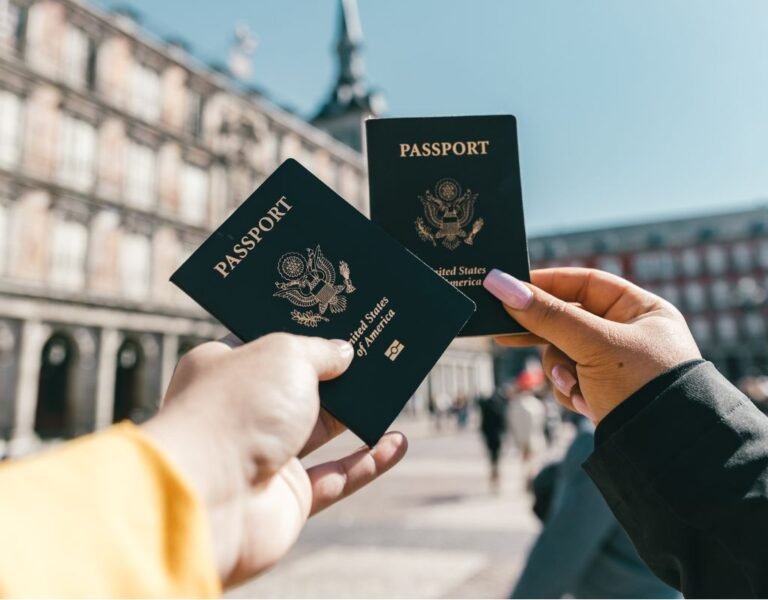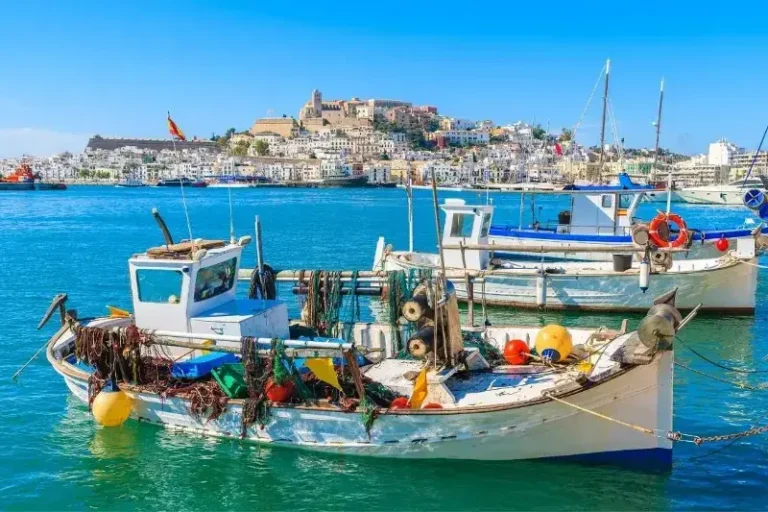How Long to Stay in Hawaii?
|
Planning a trip to the Aloha state? Read on to know how long to stay in Hawaii.
The state of Hawaii is a popular tourist destination with truly stunning natural beauty, a warm tropical climate, rich cultural heritage, and a huge range of recreational opportunities attracting millions each year. You really can’t cover visiting all of the Hawaiian attractions in only one trip. There is just too much to see and do! But how long should you stay your first time?
We’ve been to Hawaii many times as a family and have always thoroughly enjoyed it. Every single time it feels like it wasn’t long enough, even though my wallet says otherwise!
Frankly, you’ll have an incredible time regardless of how long you stay. My personal recommendation is to stay for at least 10 days on the islands if you can afford it! Remember that there is a huge time change which will take you about 3 days to adjust to.
In this article I’ll discuss three different types of trips: a short trip of between 3 to 5 days, a week-long trip, or a trip from 10 to 14 days.
Factors to Consider When Planning Your Stay
When it comes to planning a trip to Hawaii, one of the key decisions you’ll need to make is determining the duration of your stay. How long you’re vacationing can significantly impact your overall experience and the number of activities and attractions you’ll be able to do. While making your travel plan make sure to consider these points when planning your stay in the beautiful islands of Hawaii.
When is the Best Time to Visit Hawaii?
Figuring out the bottom line of your vacation is the right place to start. Does it need to stay within budget? Do you need to do all the things? Does the weather need to be perfect?
Having a cheaper holiday means going between November and March. Most activities are available between spring and autumn, but can be more difficult to book in winter months. If gorgeous weather is a must, then going between late spring and early fall is the ticket.
I recommend April/May, and September/October since both periods are seasons when the weather is generally great, there are less visitors on the islands and prices are a little more accessible.
Budget Considerations
How much money you are prepared to spend is another factor that will determine the duration of your stay in Hawaii. You must take into account the costs of flights, accommodations, transportation, meals, and activities when planning your getaway.
A longer stay will result in additional expenses, but it can also provide opportunities for cost-saving options like renting a vacation home or Airbnb or taking advantage of extended-stay discounts. Make sure to plan your budget carefully and that you have enough funds to enjoy your time in Hawaii without overspending.
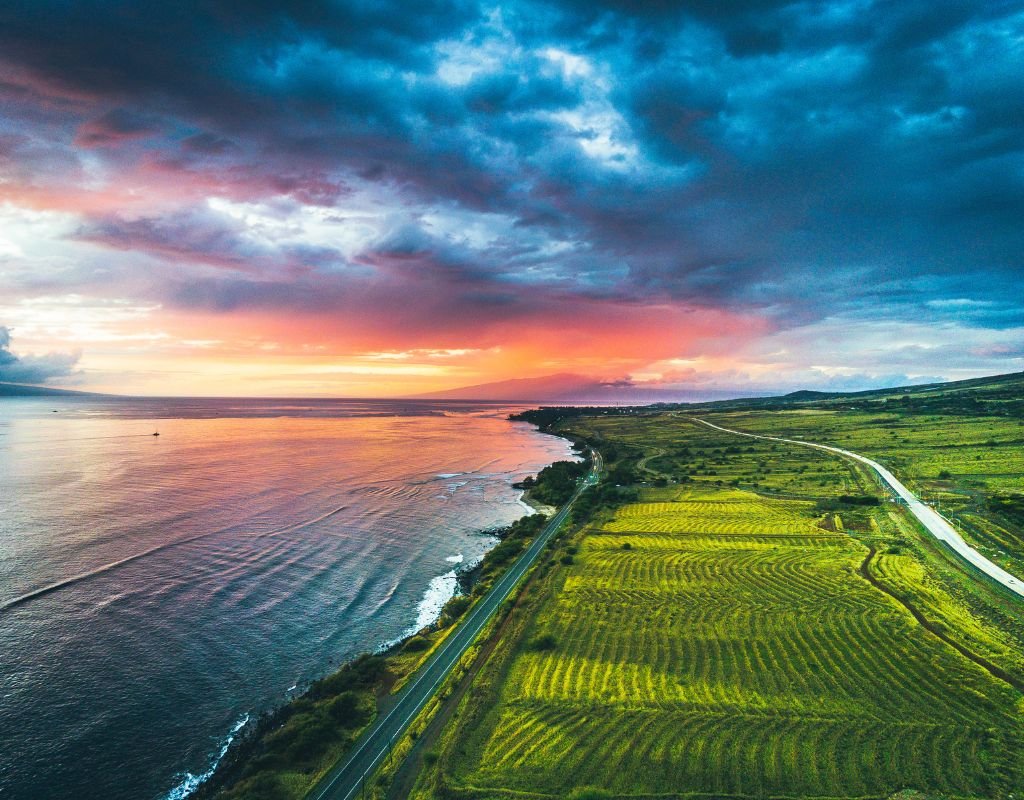
So How Long Should I Stay in Hawaii?
Ideally, a minimum of one week is recommended to fully experience the wonders of Hawaii. This allows for a balanced itinerary with enough time to explore the highlights of one or two islands.
However, if your schedule allows, extending your stay to at least two or more weeks will provide a more leisurely experience, allowing you to delve deeper into the island’s diverse landscapes, activities, and attractions. We have had wonderful stays that only lasted four days, but our preference is to stay at least a week after we make the long flight.
Which are the Best Islands to Explore in Hawaii?
Hawaii consists of several islands, each offering its own distinct charm, attractions and flora and fauna. The common tourist hubs are Oahu, Maui, Kauai, and the Big Island (Hawaii Island). Research and consider which islands align with what you want most from your trip. For instance, Oahu is famous for its vibrant city life, historical sites like Pearl Harbor, and renowned beaches such as Waikiki.
Maui is the second most visited island and is popular with honeymooners and couples. It has gorgeous beaches, attractions like whale watching, and the ‘Road to Hana’ drive where you can see waterfalls, bamboo forest, and black sand beaches.
The Big Island is the youngest Hawaiian island, and although not as green as the other islands, it has more lava landscapes and great destinations for water activities like snorkeling. Kauai, also known as The Garden Isle, is the most lush and green of all the islands. It is not as developed as the other islands and is a hub for peace, tranquility, incredible nature and wildlife.
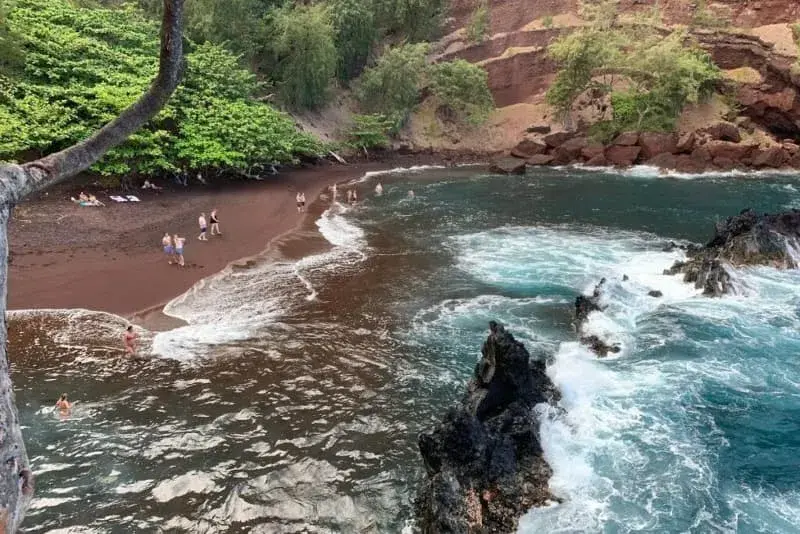
How Long To Stay in Hawaii: Different Types Of Trips
Short Trip
For a short trip of 3-5 days in Hawaii, prioritize must-see attractions and activities to get the most out of your trip. A limited time means you need to focus on one or two islands to explore. So try to visit the more accessible islands, such as Oahu or Maui.
They offer a vast range of attractions and can be easily explored within a shorter time frame. Plan accordingly so that you can include key highlights, such as visiting Pearl Harbor on Oahu or exploring the ‘Road to Hana’ on Maui. Keep in mind that shorter trips require a more efficient use of time as you’re on the go from the get-go.
Week-long Vacation
For a more balanced experience, a week-long vacation in Hawaii will allow you to immerse yourself in the scenic beauty and rich culture of the islands. Seven days will allow you to explore multiple islands or spend more time getting to know a single island and its more remote corners.
Combining popular destinations like Oahu and Maui will let you choose from a diverse range of attractions and activities. Divide your time into a few days for sightseeing, a day or two at the beach and one or two for outdoor adventures.
Make sure to leave some room to savor the local cuisine and take part in cultural experiences like Prince Ku-hio celebration and Aloha festivals. Seven days in Hawaii will give you a good balance between exploration and relaxation, leaving you with a trip to remember.
Extended Stay
If you are fortunate enough to have an opportunity to stay for ten days to two weeks, Hawaii is a playground for endless possibilities of things to do. With time, you can dive deeper into the less-touristy islands like Kauai, the Big Island, or Molokai.
Try to spend a few days on each island to fully immerse yourself in their unique attractions, from hiking through breathtaking landscapes to discovering hidden beaches and waterfalls. Extended stays allow for a slower pace, enabling you to truly appreciate each of the unique islands.
You’ll have more opportunities to engage in activities like snorkeling, diving, or attending traditional Hawaiian events. Take advantage of the flexibility that an extended stay provides in order to uncover hidden gems and create unforgettable memories.
Explore the Maui’s top 6 hidden gems, and get ready for an adventure of a lifetime
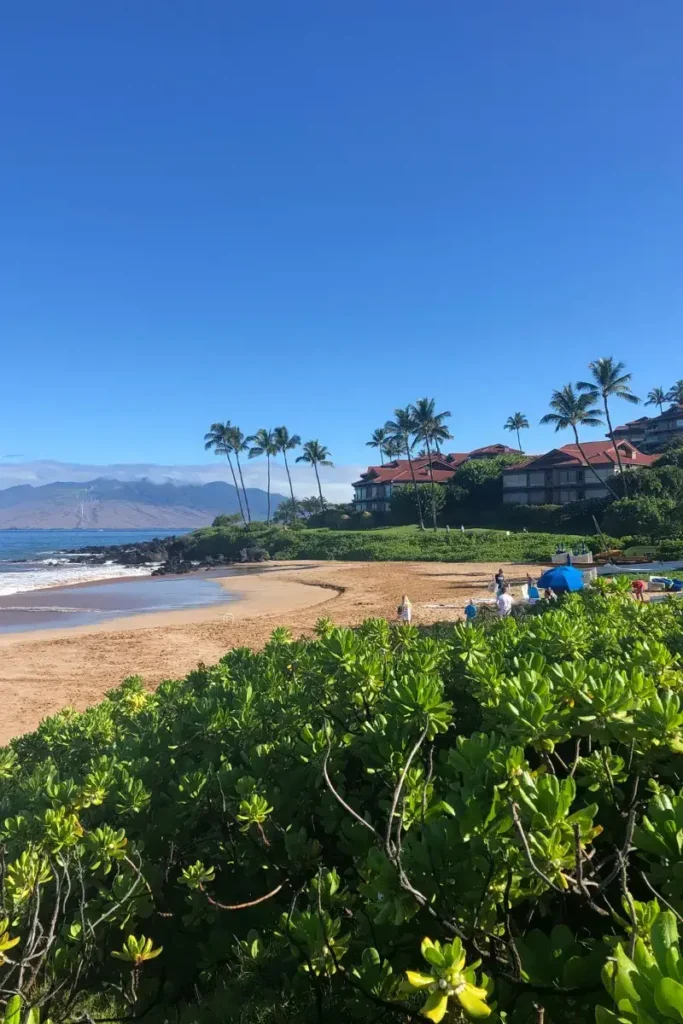
Tailoring Your Stay On A Budget
Considering your budget when planning your stay in Hawaii is essential. It’s important to find ways to make your trip affordable without compromising on the experience. Here are some key points to keep in mind when it comes to budgeting for your Hawaiian vacation:
Accommodation options and costs
Accommodation often represents a significant portion of your overall expenses. Consider a range of options to find the one that best fits your budget. Luxury resorts offer a lavish experience along with a heft bill. Consider more budget-friendly alternatives like vacation rentals, hostels, or even camping options if you’re open to outdoor adventures.
Research different accommodation options on the islands you plan to visit and compare prices to find the best deals that meet your needs.
Transportation expenses
Transportation costs often add up to a significant chunk of your expenses if you plan to visit multiple islands. Look for affordable flight options by comparing prices from different airlines and booking in advance. You can also plan the trip with airlines as a packaged deal if you find good offers.
Consider flying into and out of the same airport to avoid additional inter-island flight expenses. Another cost-effective option is to book accommodations near attractions and use public transportation or walk whenever possible. Renting a car might be necessary for exploring certain areas, but be mindful of the associated costs, including rental fees, fuel, and parking fees.
Food and dining expenses
Food expenses can vary depending on your dining choices. You can save a significant chunk of money with a little planning, however. Indulging in gourmet restaurants is tempting, but it can strain your budget. Opt for a mix of affordable dining options, including food trucks (there are amazing ones all over Hawaii), open-markets, and other local eateries that offer delicious and authentic Hawaiian cuisine at a more reasonable price.
If you have access to a kitchen, consider purchasing groceries and cooking some meals yourself, especially if your accommodation provides these facilities. This can help reduce costs while allowing you to savor local flavors.
Activity and Attraction costs
Hawaii offers a great deal of activities and attractions, but participating in all of them can be costly. Prioritize the experiences that align with your interests and budget. Research free or low-cost activities, such as hiking trails, beach visits, and exploring public parks. Our favorite activities in Hawaii, both as a couple and a family, are almost always free and out in nature.
Plan accordingly so that you can take advantage of a time when cultural events or festivals take place. This will offer unique insights into Hawaiian traditions without breaking the bank. Look for discounted or bundled activity packages that can save you money on popular attractions like snorkeling tours, luaus, or zip-lining adventures.
Experience Maui’s enchanting accommodations, including overwater bungalows and eco-friendly treehouses for a unique stay in this tropical paradise.
Tips for Making the Most of Your Time in Hawaii

Hawaii is a captivating destination with so much to offer, and making the most of your time there requires careful planning and organization. Here are some valuable tips to help you optimize your Hawaiian experience.
Prioritizing Must-see Attractions and Activities
It’s crucial to prioritize the must-see attractions and activities that align with your interests. Research the top attractions on the islands you plan to visit and create a list of your absolute must-visit places. This will ensure you don’t miss out on the iconic landmarks, scenic spots, or cultural experiences that you’ve been dreaming of.
Planning Day Trips and Island Hopping
Day trips and island hopping can expand your horizons and allow you to explore more of Hawaii’s beauty. If you’re staying on one island, plan day trips to nearby islands or attractions that are a few hours away from where you’re staying.
Consider the proximity and accessibility of different islands through inexpensive trips on ferries or short flights. Island hopping can provide a diverse experience and a chance to discover unique landscapes, cultural nuances, and hidden gems that each island has to offer.
Balancing Relaxation and Exploration
Finding a balance between relaxation and exploration is key to fully enjoying your time in Hawaii. While it’s tempting to pack your itinerary with activities, remember to allocate downtime for relaxation, rejuvenation, and enjoying the idyllic beaches.
Incorporate leisurely walks along the shoreline, sunset-watching, or simply unwinding with a book under a palm tree. Truly savor the essence of Hawaii through a mix of adventure and tranquility .
Time Management and Scheduling
Efficient time management is crucial when planning your days in Hawaii. Make use of maps and travel guides to plan your routes and optimize travel time between attractions.
Consider visiting popular sites during non-peak hours to avoid crowds. Be mindful of distances and factor in travel time when scheduling activities or island hopping. Having a well-structured itinerary will not only help you maximize your time but will also allow you to make the most of each day.
Local Insights and Recommendations
To enhance your Hawaiian experience, seek local insights and recommendations. Talk to locals, tour guides, or fellow travelers to get insider tips on hidden gems, lesser-known beaches, and authentic local experiences.
Locals can provide valuable advice on off-the-beaten-path attractions, local eateries, or cultural events happening during your visit. Their insights can enrich your trip and help you discover unique aspects of Hawaii that guidebooks won’t offer.
Save More During Off-Season
Off-season in Hawaii is typically considered to be during the spring (April and May) and fall (September to mid-November). This is when the islands are less crowded, prices are lower, and the weather is generally mild.
However, it is important to note that it can be very rainy on Kauai in April. Water activities like snorkeling and kayaking are better during October when the waters are usually clearer. But we greatly prefer to travel to Hawaii during the off-peak seasons.

How Long to Stay in Hawaii FAQ
Is there a minimum recommended duration for a trip to Hawaii?
Seven days would be a minimum to cover the basics of a well-rounded trip to Hawaii. It should give you enough time to relax while also packing in some adventure.
Can I see the major attractions of Hawaii in a short trip?
It will be difficult to see several major attractions on a short trip to Hawaii. If you only have a few days, Oahu is your best all-around island to visit, as it’s the main hub for the islands. Spend an extra day or two here on your way to or from Hawaii, and check out Pearl Harbor, Waikiki, and more.
How many islands should I visit during my stay?
Spending two weeks in Hawaii is enough to see all of the islands. However, those whose priority is vacation over exploration should choose the 2-3 islands that interest them most and spend 5-7 days on each.
How Many Days in Hawaii: Conclusion
Hawaii is a beautiful and unique place that is well worth a visit. While it can be expensive and crowded, the stunning scenery and relaxing vibe are sure to make you want to come back again and again. There really is no other place quite like it on the planet.
Remember to allow yourself some flexibility to fully embrace spontaneous moments and immerse yourself in the Aloha spirit. With these tips, you’ll be well-prepared to create cherished memories and make the most of your time in this tropical paradise.
Hello and Welcome!

We started our family travel blog in hopes of supporting other families move abroad and travel the world. Through straightforward, sincere and supportive information we hope to provide a reliable guide for those moving overseas with a family and traveling the globe.



